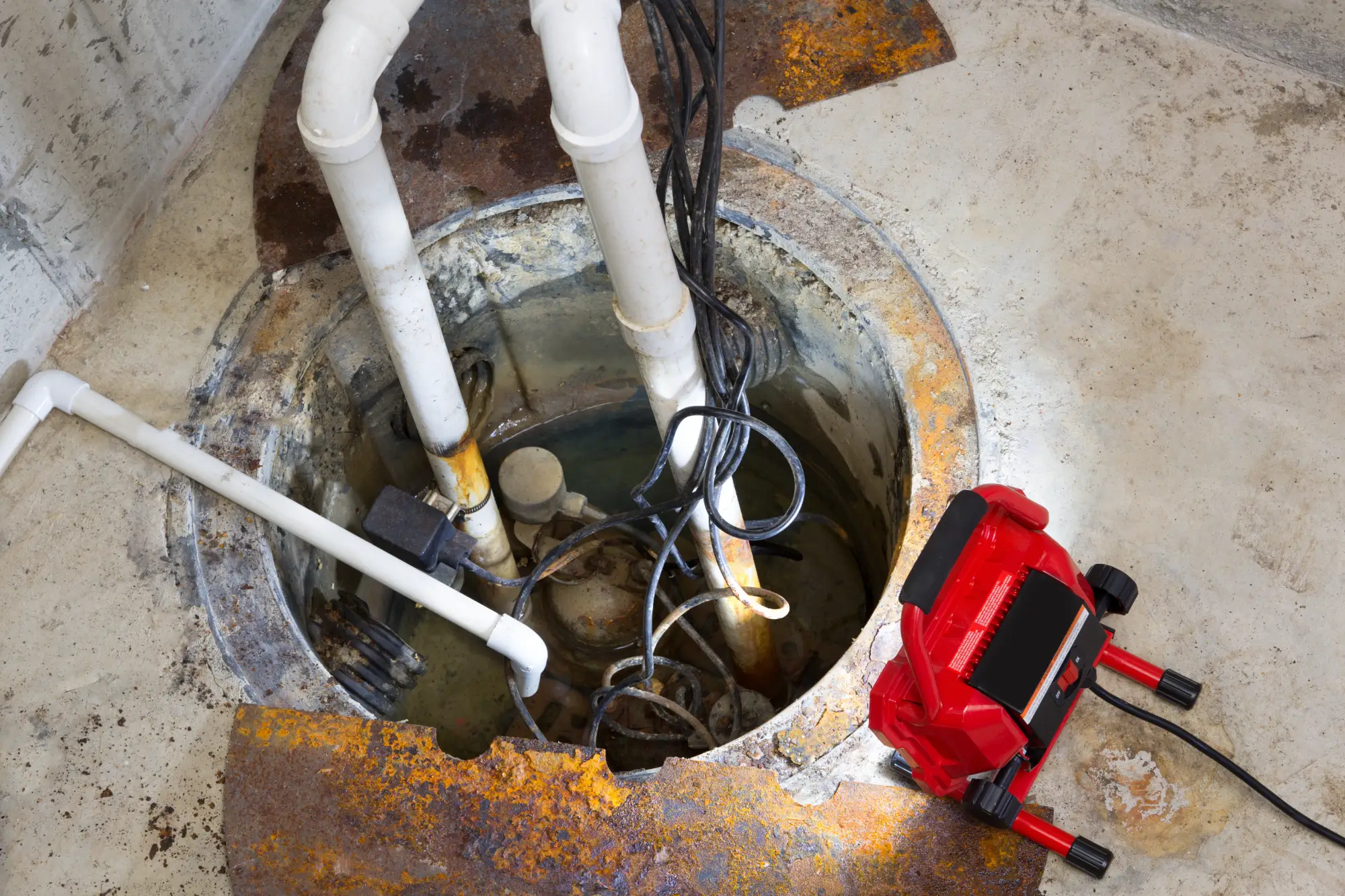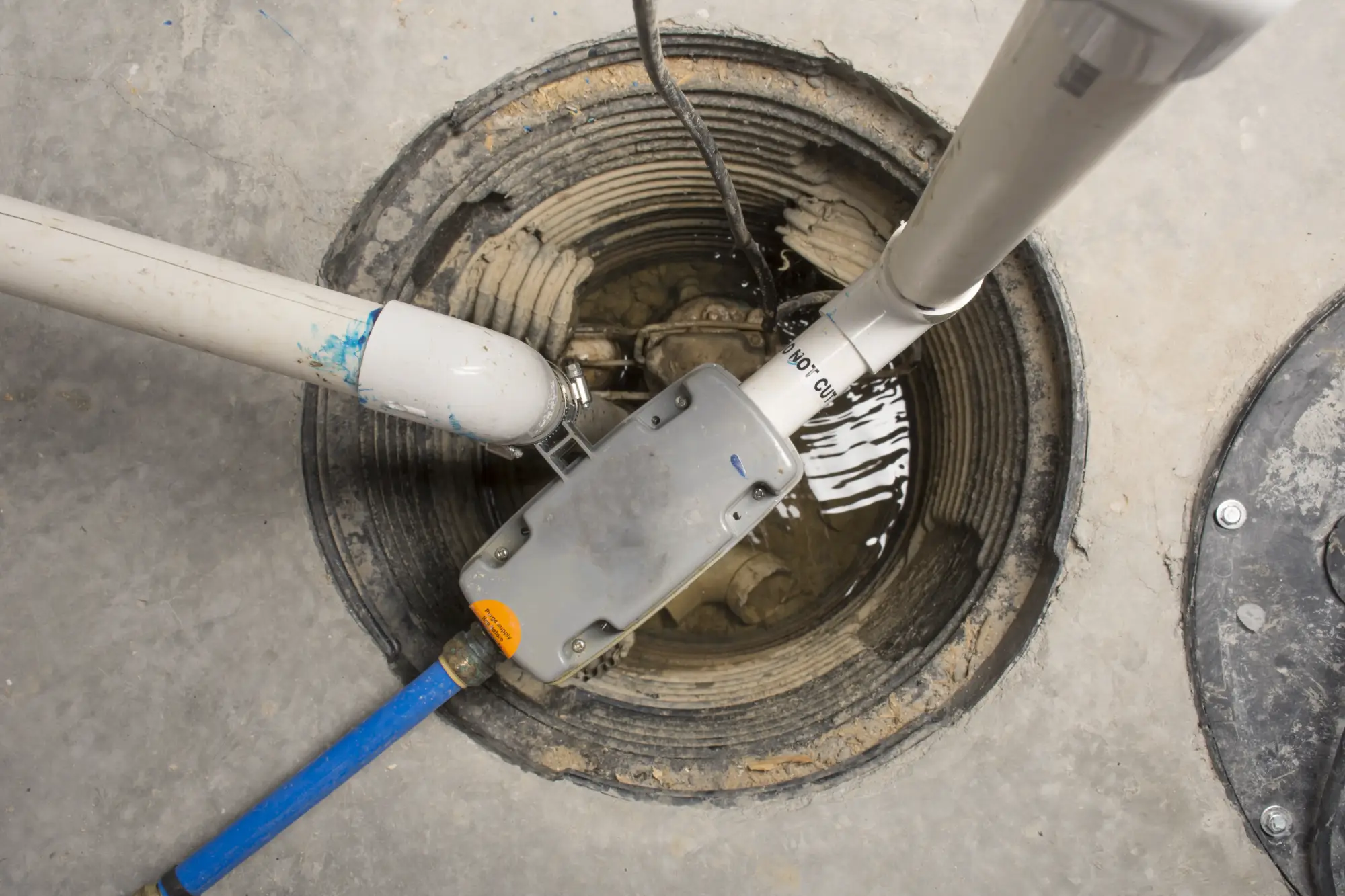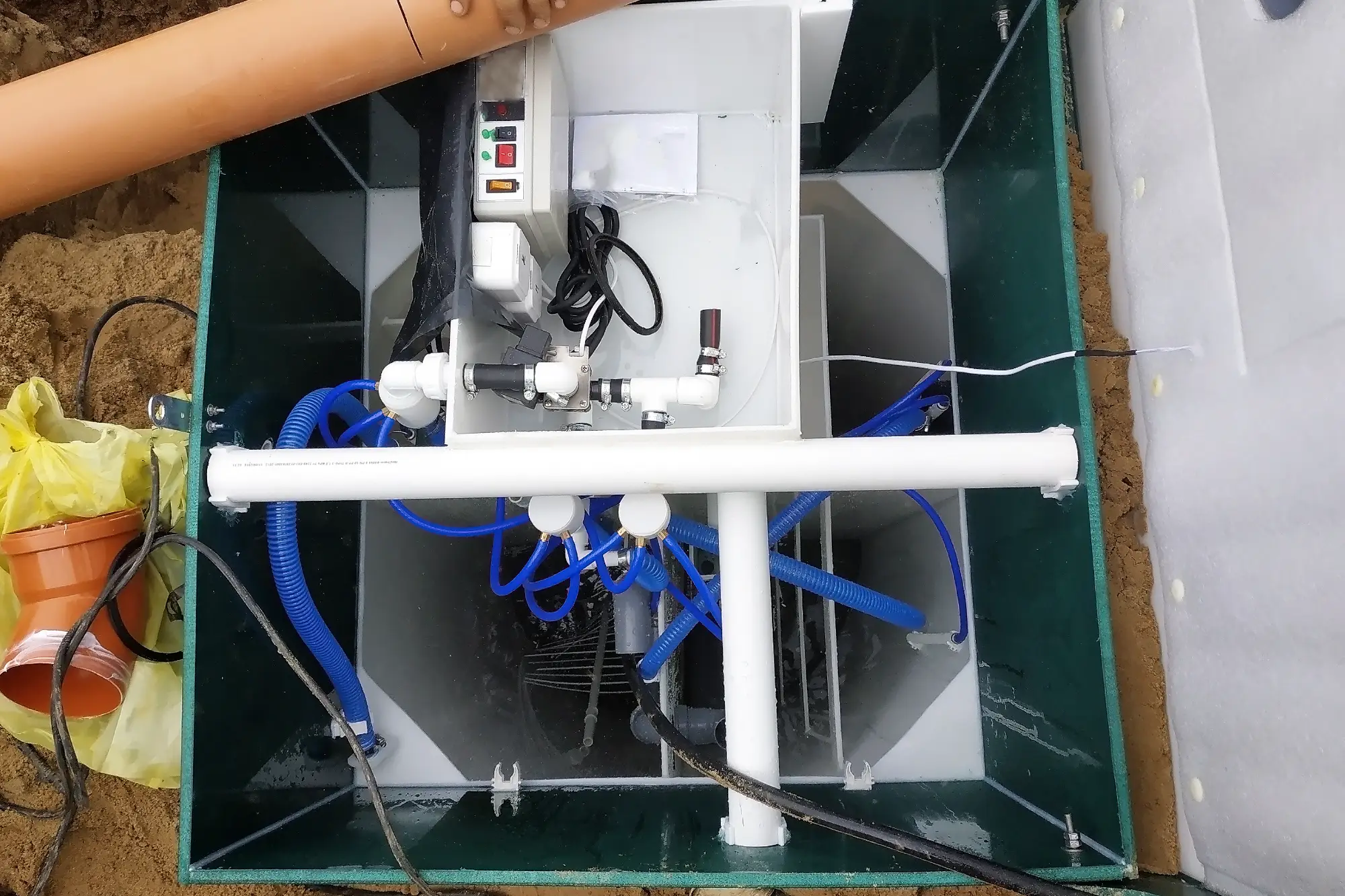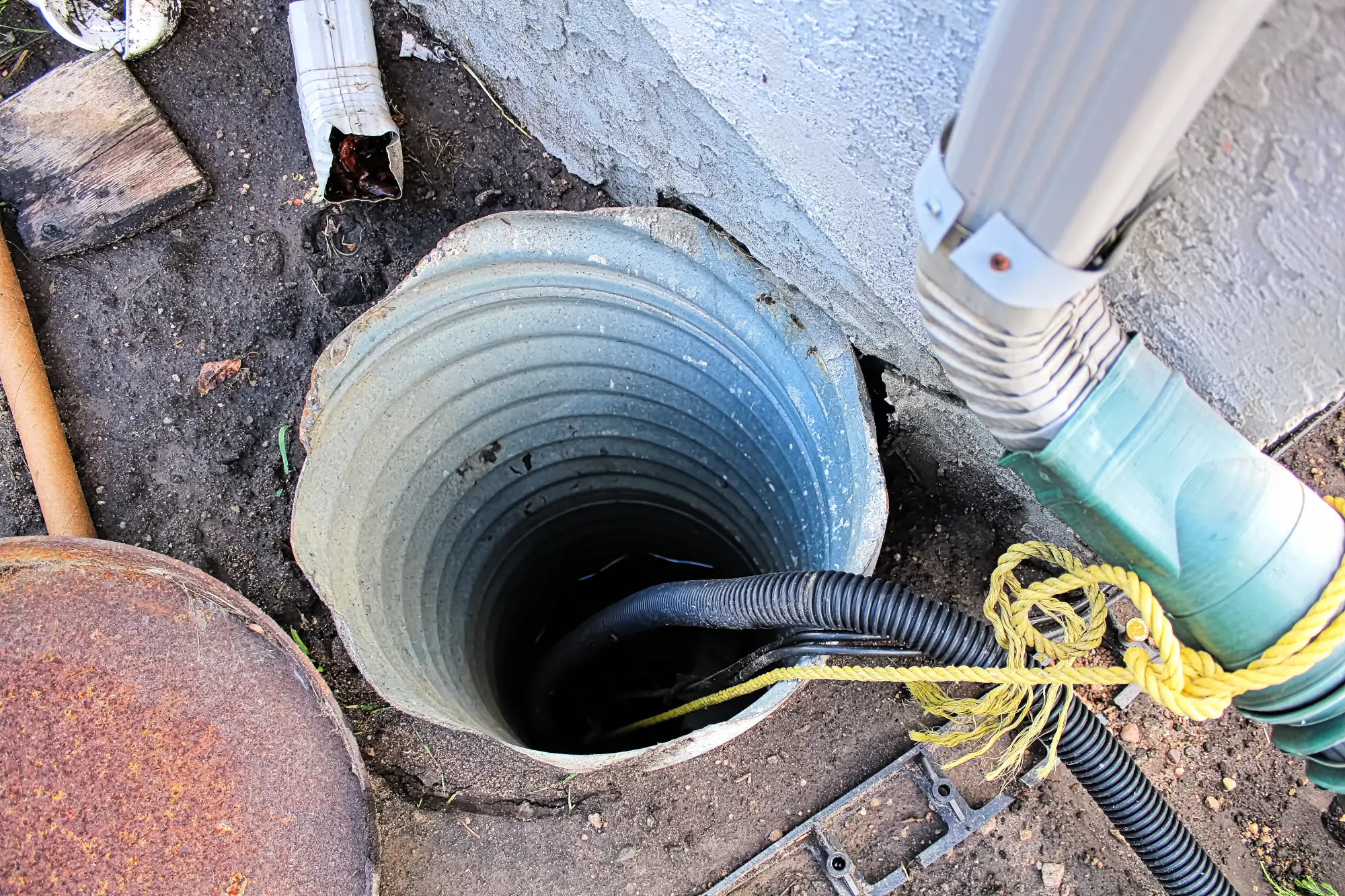Sump Pump Installation in Freeport, NY
Stop Worrying About Basement Flooding
Get reliable basement protection that works when Long Island storms hit hardest.

Hear About Us

Basement Sump Pump Systems Freeport
You’ll sleep better knowing your basement is protected. No more rushing downstairs during storms to check for water. No more moving everything off the floor when rain’s in the forecast.
A properly installed basement sump pump system handles what Long Island throws at it. Heavy spring rains, summer downpours, winter thaws – your pump kicks in automatically before water becomes a problem.
Your stored belongings stay safe. Your finished basement stays usable. And you stop losing sleep every time the weather forecast mentions rain.
Freeport Sump Pump Installation Company
We’ve been handling basement water problems across Nassau County for years. We understand how Freeport’s soil conditions and water table affect your basement.
Most of the homes we work on were built in the 50s, 60s, and 70s – before modern waterproofing standards. We’ve seen every type of basement foundation and water issue you can imagine.
We’re not the biggest company, and we’re not trying to be. We focus on doing the work right the first time, using quality equipment that lasts.

Sump Pump Installation Process
First, we assess your basement’s layout and determine the best location for your sump pit. This usually means the lowest point where water naturally collects, but we also consider access for maintenance and electrical connections.
We excavate the sump pit to the proper depth and install a durable liner. The pump goes in with a check valve to prevent backflow, and we connect everything to a discharge line that routes water well away from your foundation.
We test the entire system before we leave. You’ll see exactly how it works, and we’ll show you the simple maintenance steps that keep it running reliably. The whole installation typically takes a day, and you’re protected immediately.

Ready to get started?
Explore More Services
About Diamond Masonry & Waterproofing
Get a Free Consultation
Custom Sump Pump Solutions
Every sump pump installation gets a properly sized pit, quality pump rated for your basement’s needs, and discharge piping that moves water far enough from your foundation to prevent it from coming back.
We use pumps designed for Long Island conditions – they handle the sandy soil and high water table that makes our area unique. Battery backup systems are available for homes that lose power during storms, which is exactly when you need your pump working most.
You’ll get clear instructions for basic maintenance and our contact information for any questions. We stock parts for the pumps we install, so if you ever need service, we can get you back up and running quickly.

How do I know if I need a sump pump in my Freeport basement?
What size sump pump do I need for my basement?
How long does sump pump installation take?
What happens if the power goes out during a storm?
How often does a sump pump need maintenance?
Can you install a sump pump in a finished basement?
Local Resources
- Google Map Link
- Find the Freeport, NY USPS
- Locate Nearby Freeport, NY Pharmacies
- View the Current Weather in Freeport, NY
- Freeport, NY is located in Nassau county in New York State